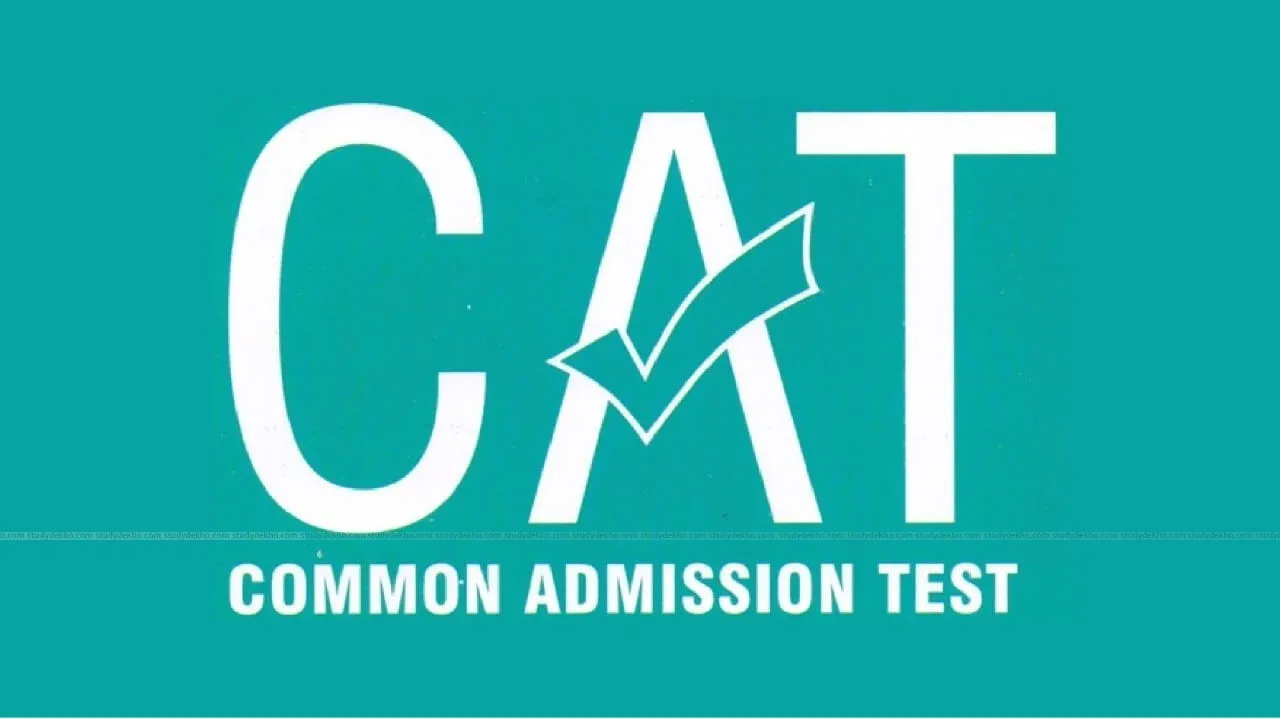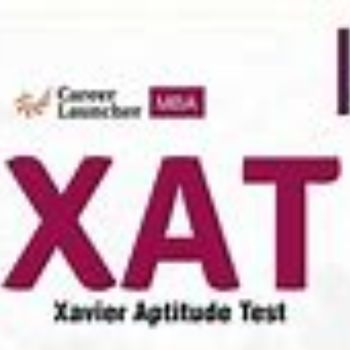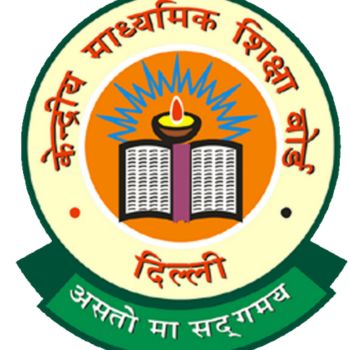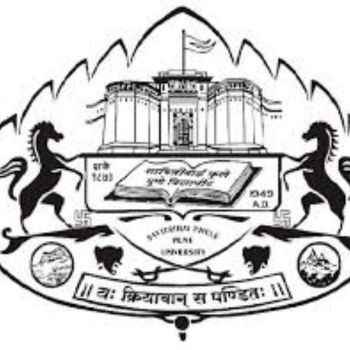ANM full form is Auxiliary Nursing Midwifery, it is a two-year diploma course that trains students to provide basic nursing services, care of the mother and child, and community health programming, particularly in rural and underserved regions.
The syllabus for ANM Nursing course is similar throughout India and is governed by the Indian Nursing Council so that there is uniformity between both government and private colleges. Its curriculum is diverse and consists of Community Health Nursing, Child Health Nursing, Health Promotion, Primary Health Care Nursing, Midwifery and Health Centre Management.
Students are taught about infection control, immunization, nutrition, communicable diseases, first aid, and healthcare service organization. There is also a strong emphasis on maternal and child health training in antenatal and intranatal and postnatal care, newborn care, family planning, and reproductive health.
ANM Nursing curriculum also focuses on practical skills through clinical rotations in hospitals and community health centers, and a mandatory six-month internship during which students are put under supervision, helping in national health programs and completing practical assignments. The core syllabus is similar in both government and private colleges but the private colleges can provide better facilities or more workshops.
Table of Contents
ANM Nursing Syllabus in Government Colleges in India
As the ANM Nursing syllabus is governed by the Indian Nursing Council, the syllabus is the same in all the government colleges in India. For reference, the ANM Nursing syllabus at Lady Reading Health School (New Delhi) is given below:
ANM Nursing Syllabus in Private Colleges in India
The syllabus for ANM Nursing at private colleges in India is also governed by the Indian Nursing Council, however, private colleges may change the pattern of delivery. For clear understanding the syllabus for ANM Nursing at DPMI School of Nursing (New Delhi) is given below:
ANM Nursing Exam Pattern
The exam patterns are standardized across government and private colleges, ensuring students gain essential knowledge and skills needed for frontline healthcare roles. This exam pattern given below is generally followed by both government and private colleges as per Indian Nursing Council guidelines.
FAQs
Does ANM Nursing course require practical training?
Yes, Clinical training is mandatory, usually including clinical rotations in hospitals and community health centers, as well as postings in sub-centers or primary health centers under supervision. It is a major component of the curriculum and a crucial part of the development of skills.
What is the required minimum attendance to sit ANM exams?
A student should have not less than 80% attendance in theory and practical classes as well as 100% attendance in clinical/practical postings to be allowed to sit and write the final examination and be awarded the diploma
What is the level of practical experience incorporated in the ANM syllabus?
The ANM curriculum has substantial field experience under it, with approximately 880 hours of field training and clinical placements in hospitals and community health centers through the course, and six months of internship afterward, during which they will get on-the-job experience.
What do I need to do in order to complete the ANM internship?
Students are expected to post in fields such as antenatal, intranatal, postnatal and neonatal care, child health, and community health posts during the six-month internship program. Each student must complete at least 80 percent of the clinical requirements before taking the final exam, and all of them before getting a diploma.
Does ANM syllabus include participation in national health programs?
Yes, as part of their clinical experience, the students must attend all National Health and Family Welfare programs to get an assisted experience in learning about the public health initiatives and community outreach with the locals.
Besides theory examinations, how are students assessed in the ANM course?
Assessment involves internal assessment through assignments, clinical performance, attending and keeping records, as well as external practical assessment at clinical settings using internal and external assessors.











